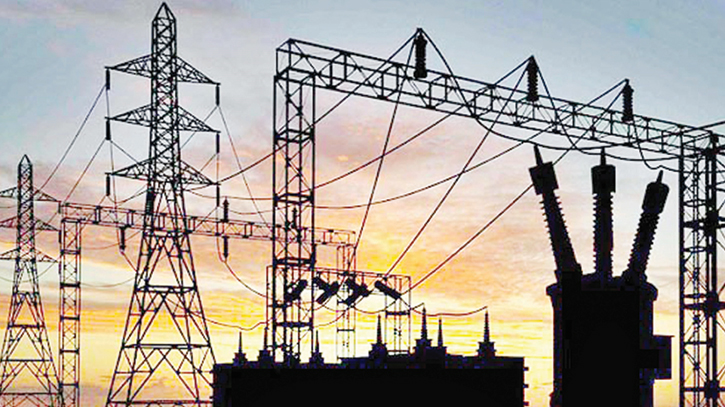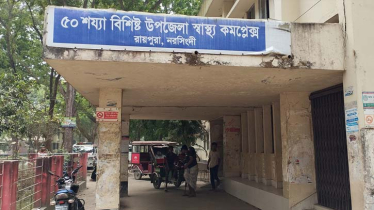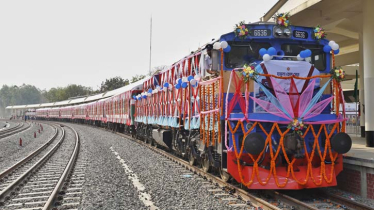
While city dwellers in Mymensingh receive relatively more electricity, the rural population is subjected to longer and more frequent outages. Photo: Messenger
In Mymensingh, daily power outages surpassing 300 megawatts have caused significant disruptions to the daily lives of residents. Both urban and rural areas are affected by these frequent blackouts, but the situation is especially dire in the rural regions.
While city dwellers receive relatively more electricity, the rural population is subjected to longer and more frequent outages. This inequality has left rural communities suffering under extreme heat without any relief. As a result, dissatisfaction is growing, particularly with the interim government's handling of the power crisis.
The local electricity department has stated that the power outages are due to a nationwide decrease in electricity production, which has also impacted Mymensingh. Md. Emdadul Haque, Chief Engineer of the Power Development Board (PDB) in Mymensingh, explained that the reduced capacity of power plants is the primary cause behind the increased load shedding in the region. The people in rural areas, already grappling with intense heat, are now enduring even greater difficulties due to the extended power cuts.
One of the main factors contributing to this power crisis is the reduced supply of natural gas, which has significantly impacted electricity generation. For instance, the Shambhuganj Rural Power Company Limited (RPCL), which has the capacity to generate 210 megawatts, was able to produce only 7 megawatts on a particular day. Similarly, in Jamalpur, two power plants operated by United Group, with a combined capacity of 315 megawatts, managed to produce just 130 megawatts. Furthermore, the Sutiakhali Solar Power Plant, despite having a capacity of 50 megawatts, could only generate 25 megawatts during daylight hours.
During peak hours on Wednesday, Mymensingh required 1,350 megawatts of electricity, but only 1,040 megawatts were available. This resulted in over 300 megawatts of load shedding. Md. Rezaul Karim, a senior engineer with the Bangladesh Rural Electrification Board (BREB), noted that Mymensingh's zone covers 10 districts, including Jamalpur, Sherpur, Mymensingh, and Netrokona. Despite a peak demand of 1,000 megawatts, the region could only supply around 700 megawatts, leading to 300 megawatts of daily load shedding.
The situation is even worse in the Fulbaria rural electricity control area, where the demand is 14 megawatts, but only 6 megawatts are supplied. Residents in this region receive electricity for only 15-16 hours per day, while in some other rural areas, power is available for less than 14-15 hours. This ongoing crisis has left rural communities enduring long, hot, and powerless days, further deepening the challenges they face.
Nationwide, the power crisis stems from a shortage of fuel at various power plants. Currently, the demand for electricity in Bangladesh is around 16,000 megawatts, while the country has a production capacity of 27,791 megawatts. However, due to a severe fuel crisis, local power plants are struggling to generate the required electricity. According to the Power Division, gas-based power plants have had their production disrupted, as the supply of natural gas from Summit’s LNG terminal has been halted for over three months.
Messenger/Fameema








